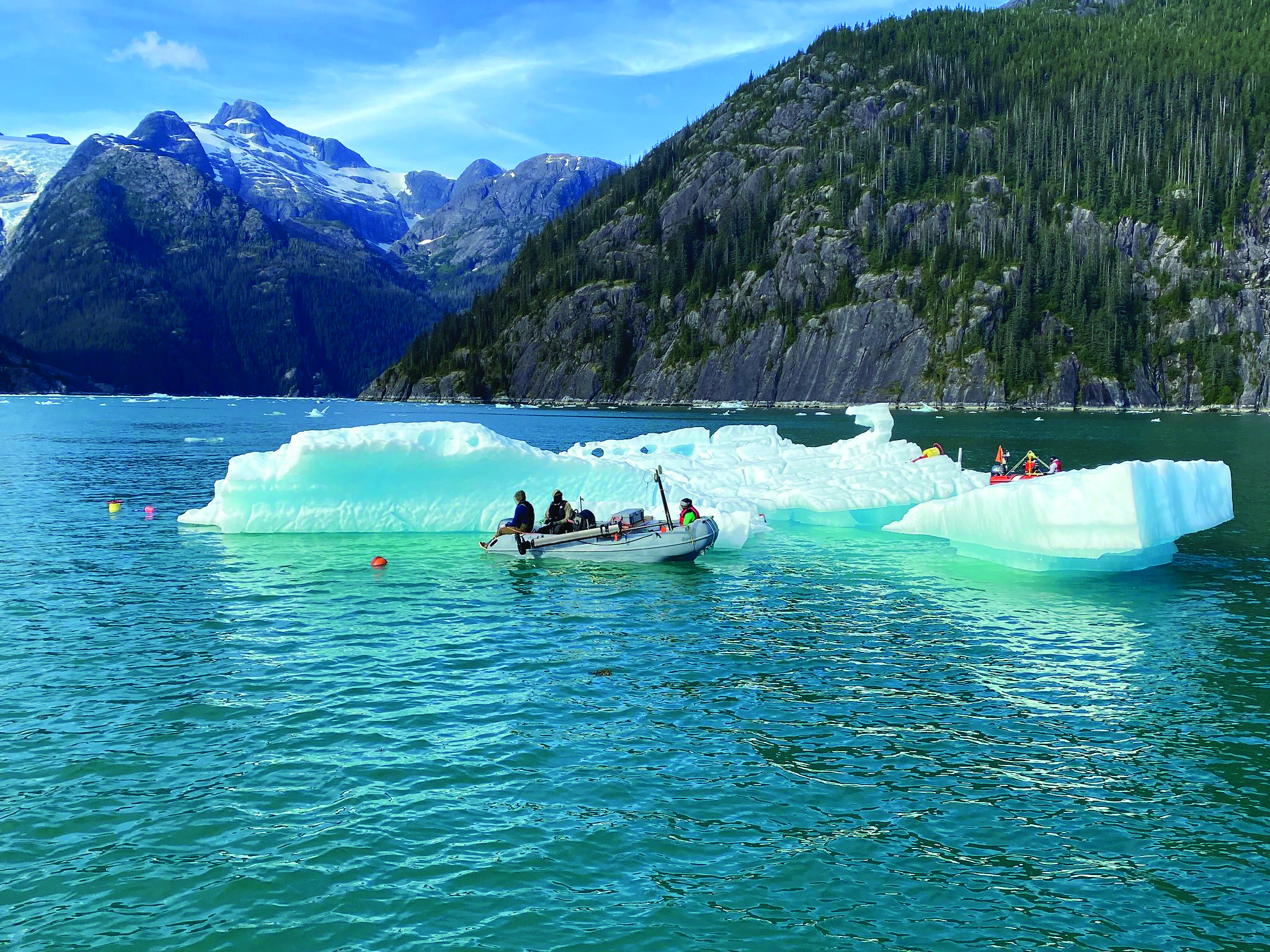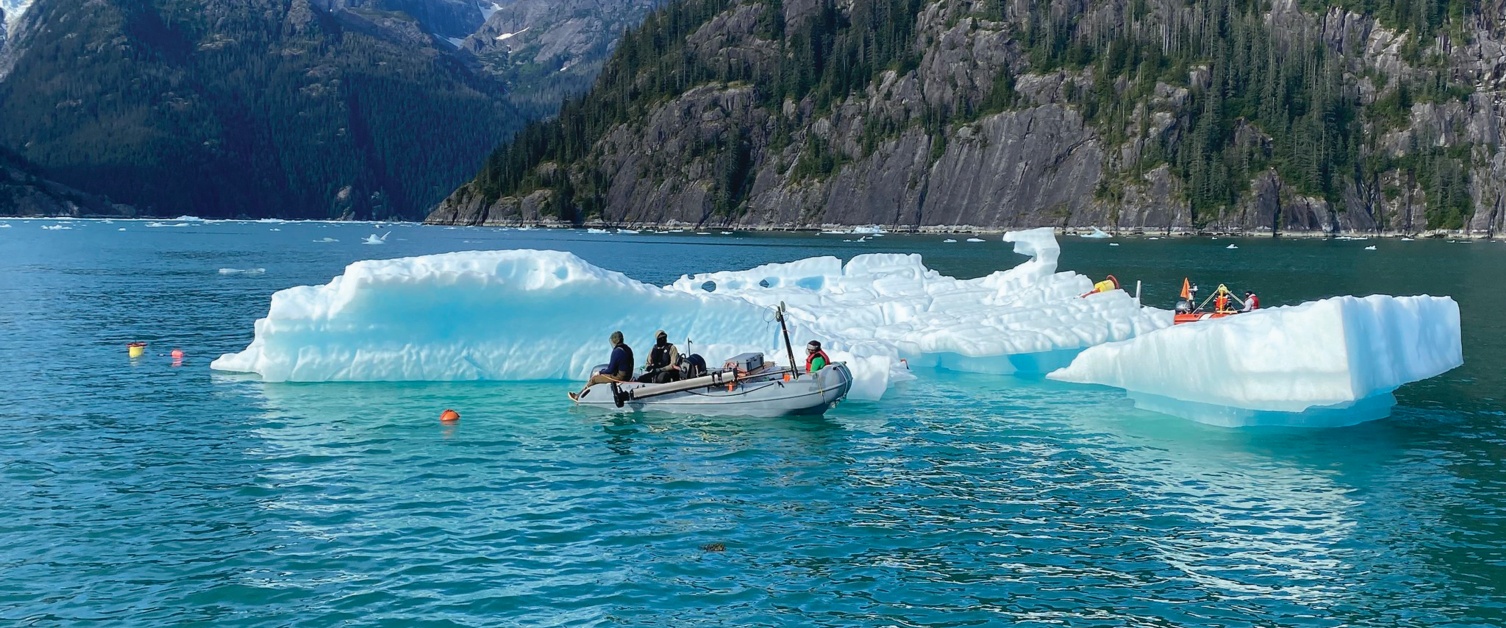Sea Level Bubbling Over
- By AMS Staff
- Jan 15, 2024
QUESTION: How is glacial ice different from other kinds of ice, and what does that difference have to do with global sea levels?
ANSWER: Unlike sea ice or manufactured ice, glacial ice contains pockets of pressurized air. While scientists have known about these bubbles for some time, recent laboratory-scale experiments revealed that these air bubbles cause glacial ice to melt more than twice as rapidly as other kinds of ice. “It was only when we started talking about the physics of the process that we realized those bubbles may be doing a lot more than just making noise underwater as the ice melts,” says Meagan Wengrove of Oregon State University, lead author of the research, which was published in Nature Geoscience. The finding has important implications for the study of rising sea levels, as models used to predict the melting of glaciers do not account for the bubbles in the ice. According to the study, this is causing model estimates to underpredict glacial melting by a factor of 10–100 compared with observed melt rates, especially in the upper 40–60 meters of the ocean. “The explosive bursts of those bubbles, and their buoyancy, energize the ocean boundary layer during melting,” Wengrove explains. Air comprises about 10% of glacial ice, and the air bubbles can have as much as 20 times the normal atmospheric pressure at sea level, which causes the bubbles to burst and make a popping noise when they melt underwater. The bubbles result when snowflakes compact and air becomes trapped within pores between ice crystals as the ice traverses from the surface to the interior of the glacier. The new study provides valuable information that enhances our knowledge of ice melt, which in turn could improve sea level projections. “Those little bubbles may play an outsized role in understanding critical future climate scenarios,” Wengrove says. [Source: Oregon State University]

Glacier ice in LeConte Bay near Petersburg, Alaska, where observations were taken for the study. [Photo Credit: Meagan Wengrove/Oregon State University]
